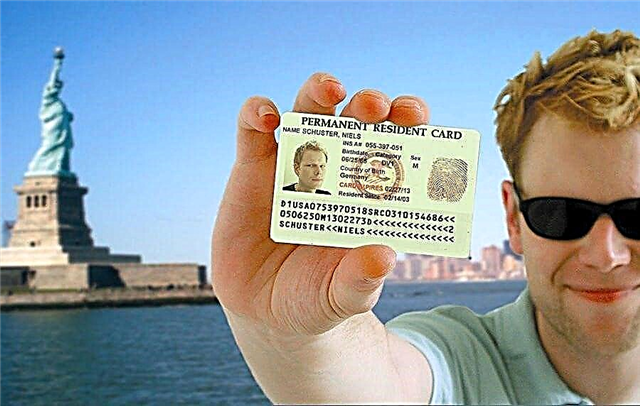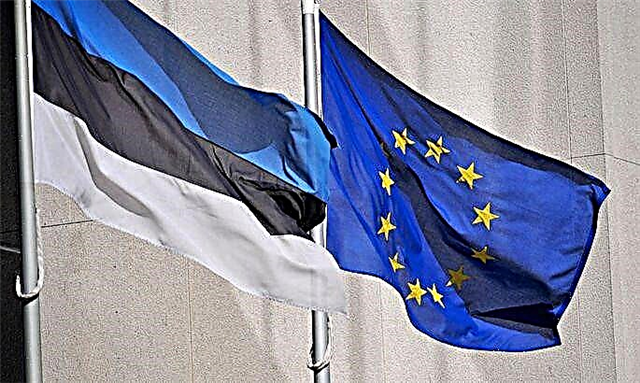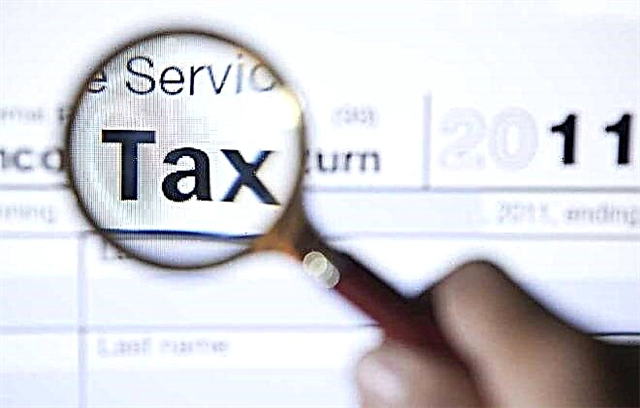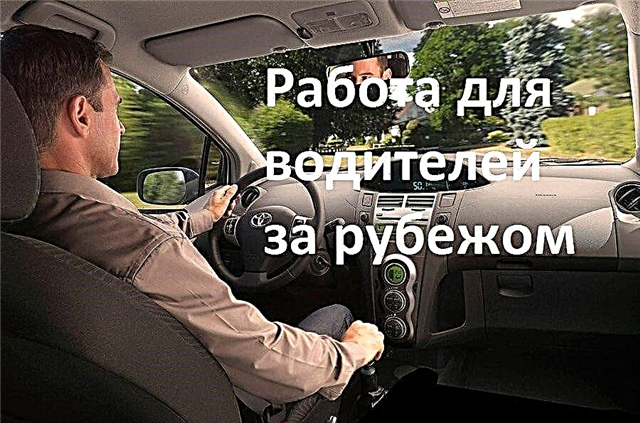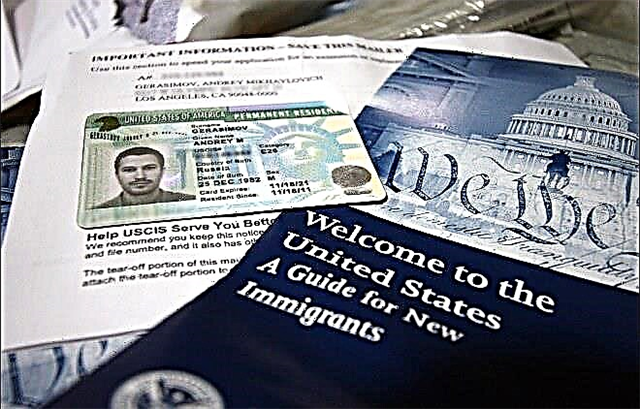The authorities of major European cities, including Munich, have a policy of unloading the city center from private cars. This allows you to solve problems with a lack of parking, traffic jams and gas pollution. As part of this policy, administrative measures are being introduced to restrict road traffic and municipal transport is being developed. Therefore, when planning a trip to the capital of Bavaria, it is worth understanding how public transport in Munich works.

What types of public transport are there in Munich?
As of 2021, the main modes of public transport in the Bavarian capital are:
- tram;
- city train;
- subway;
- municipal buses;
- Taxi.
All of them, except for taxis, are operated by the state-owned company Münchner Verkehrsgesellschaft (MVG) - Munich Transport Company. All forms of public transport run along carefully planned routes.
A public transport map of Munich will help you to visually assess how well the entire area of the city is covered by municipal routes.

It is easy to see that the greatest density of routes is concentrated in the central part of the city, from which the branches radiate radially to the suburbs. This is not surprising, since most of the tourist attractions and office complexes are located there.
So if you are going to the capital of Bavaria on vacation, you do not have to take a car with you and rent it on the spot: Munich city transport will allow you not only to get from the airport to the hotel, but also to visit all the sites of interest.
An important feature of Munich transport is the punctuality of the drivers. Metro trains, electric trains, trams and buses strictly follow the timetable, delays rarely exceed a few minutes. If you have to wait more than five minutes, it means that there is almost certainly some kind of force majeure.
A simplified public transport scheme in Munich will help you figure out the nuances of transfers from one route to another.

The diagram shows that the Hauptbahnhof metro station (main railway station) is a junction, to which almost all metro and electric trains, as well as city bus routes converge. And those metro lines that do not pass through the station usually cross the neighboring stations Karlsplatz, Marienplatz and Donners-Bergen-Brucke.
The official website of Munich public transport will help clarify the nuances of the functioning of the city's transport infrastructure. Let's consider each of the ways to travel in Munich in more detail.
Metro
Compared to the metro in other European metropolitan areas, the Munich metro (called U-Bahn in German) is relatively young - it was only opened in 1971. Since then, the system has been actively developing, and by 2021 it has 100 stations located along 8 lines (from U1 to U8), the total length of which exceeds 100 km. The rolling stock of the system exceeds 250 trains. The metro map will help you to get acquainted with the route of each of the branches in more detail.

It is easy to see that 4 different routes run along a common line in the city center. A linear scheme will help to better plan possible transplants.

The Munich subway, unlike older European systems, is almost entirely underground (90% of the tracks and 95% of the stations). Only 6 stations are on the surface (one of them is on the flyover). All underground stations are equipped with escalators or elevators.
The difference between the stations is the absence of turnstiles. Tickets for travel must be activated or validated immediately at the entrance to the station.
The metro starts its work at 4 am every day. If the next day is a weekday, then the stations close at one in the morning. On the night before weekends and holidays, the metro runs an hour longer - until two in the morning. The train interval is usually 10 minutes, but during rush hours (morning and evening) it is reduced to 5 minutes.
City electric train
The Munich train (S-Bahn) opened just a year later than the metro (in 1972, in time for the Munich Olympics). The system consists of seven routes (from S1 to S8 without S5), following a single tunnel in the center and diverging to different suburbs, and route S20, which runs from Pasing to Deisenhofen, bypassing the central tunnel. The routes of the city train that are relevant for 2021 are indicated in the diagram.

More than 230 trains run on them, each of which has 4 passenger cars. Often, trains run in a couple of 2 or even 3 trains, in total from 4 to 12 wagons arrive at the station.
An important feature of the S1 route is that only half of its cars go to the airport. At Neufahrn station, the cars are uncoupled, and half of them are sent to the city of Freising.
The total length of the electric train lines is 442 km, on which there are about 150 stations. Unlike the metro, the train allows you to get not only to all the important sights of the center, but also to all the suburbs of Munich and even to several neighboring cities.
Like the U-Bahn, there are no turnstiles at S-Bahn stations, tickets must be punched at the entrance to the station. The train interval is 20 minutes.
Buses
Some of Munich's bus routes are operated by private companies, while MVG coordinates the routes (65 in total). The Munich bus map will help you to get acquainted with the bus routes.

All routes are divided into three groups:
- MetroBus - connects important transport and retail infrastructure, as well as remote suburbs. They differ in two-digit numbers.
- StadtBus - connects districts with the center or runs within one part of the metropolis. Routes from 130 to 159 run in the center and south of the city, from 160 to 169 run in western Munich, from 170 to 179 in the north, from 180 to 189 serve the north-east of Munich, and from No. 190 to No. 199 - its southeast. Route number 100 is known as the "Museum", because it contains 24 museums in the capital of Bavaria.
- TaxiBus - move along special routes.
All types of buses run at intervals of 10 to 20 minutes (depending on the chosen route and time of day). The bus service starts at 6 am and ends at 11 am.
Trams
The oldest form of Munich city transport is the tram: officially Straßenbahn München, in conversation usually Trambahn or even Tram. It was created in 1876 (still in the form of a horse tram), and since 1918 all Munich trams have become electric.
The system includes 11 routes with a total length of 80 km. There are more than 160 stops there, with about 100 trams running between them. The diagram will help you to get acquainted with tram routes in Munich in more detail.
The Munich tram operates from 04.30 am to 01.30 am, and the interval for it is 10 minutes.
Taxi
As in other European cities, Munich has a 24-hour taxi system. The largest private services are Taxi-München, with ordering numbers +49 (0) 892-16-10, and Isar Funk, at +49 (0) 894-505-40. Present in the city and Uber.
The fares are set by the municipality and are:
- € 1.20 per call;
- € 3.70 per boarding;
- 1.90 € / km for the first 5 km;
- € 1.70 / km between 5 and 10 km;
- € 1.60 for each km over 10 km;
- 28 € for each hour of waiting;
- € 0.60 for transporting animals.
On average, travel, for example, from the airport to the Munich Exhibition Center, will cost 36 euros. An online calculator will help you more accurately estimate the cost of your planned trips.
What kind of transport operates at night
With the onset of night (after 23.00), some S-Bahn lines continue to operate in the city, and trams and buses switch to night mode, in which they run on special night routes (there are 4 for trams and 12 for buses). The diagram will help you navigate Munich night transport

Night trams run from 01.30 to 04.30, and buses run from 23.00 to 06.00 at intervals of half an hour to an hour.
Munich tariff zoning
Public transport prices in Munich, as in most other major cities in Europe, depend on the distance you travel.This is organized in the traditional way for EU megalopolises - by installing four tariff zones radially from the city center, each of which is additionally divided into rings. The total number of rings is 14.
The scheme will help to understand the tariff zoning.

The transport zones in Munich are divided by color: the historic center is white, its surroundings are green, the yellow zone includes remote areas, and the red one covers the suburbs. The following terms are often applied to these areas:
- Innerraum - white area;
- München XXL - white and green zones;
- Ausserraum - three internal zones (except for the red one);
- Gesamtnetz - all 4 zones.
Fares and types of tickets
The fare for Munich transport differs depending on the type of ticket chosen. Moreover, all tickets allow you to travel by any type of public transport.
There are 4 groups of tickets, each of which is divided into separate types.
Single-trip tickets (Einzelfahrkarte) are eligible for 1 transfer trip within the selected zones. You cannot reverse the direction of movement with them. Buying all tickets of this category with a bank card allows you to get a discount from 10 to 40 euro cents.
The cheapest one is called Kurzstrecke, it costs 1.50 €, is valid for an hour and allows you to travel two metro / train stations or four bus / tram stops.
The more expensive Einzelfahrt options are valid for 4 hours and are divided into 4 categories:
- Einzelfahrt 1 - a trip within the same zone costs 2.90 €;
- Einzelfahrt 2 - 2 zones, price - 5.80 €;
- Einzelfahrt 3 allows you to travel through 3 zones and costs 8.70 €;
- Einzelfahrt 4 allows you to travel through all 4 zones, it will cost € 11.60.
Travel for children up to 6 years old is free: the children's day ticket Die Kinder-Tageskarte is issued for one child aged 6 to 14 years. No limit on the number of trips in all zones during the day. Valid from the moment of validation (composting) until 6 a.m. the next day
Children under 14 years old need to purchase Einzelfahrkarte Kinder tickets, which entitle them to one trip in all zones (price - 1.40 €).
You can save on tickets in this category by purchasing Streifenkarte - a set of 10 strips for 14 euros. When traveling within one zone, you need to compost 1 strip, if your trip passes through 2 zones and takes up to 3 hours - compost 2, if within 2 zones up to 4 hours - 4 strips. To drive through zones 3 and 4, you will need to punch 6 and 8 strips, respectively.
Even less will be the cost of public transport in Munich per trip when purchasing tickets for a day, which are called Single-Tageskarte. Please note that they are not valid for 24 hours, but from the moment of the first composting until 6 a.m. the next day.
The cost of such a Single Ticket for two zones is 6.70 €. A ticket for three zones will cost € 8.90, and for € 13 you can travel to all 4 zones.
Exclusively for the central area of Innerraum, 3-day Munich public transport passes are available at a cost of € 16.80.
Group passes (Gruppen-Tageskarte) are available for groups of 5 adults (or 10 children, or other groups based on 1 adult = 2 children). They act similarly to travel passes per person, but cost:
- for 2 zones - 12.80 €;
- for 3 zones - 16.10 €;
- for 4 zones - 24.30 €.
A three-day group ticket for the central zone will cost € 29.60.
Tourist options
A tourist travel card for transport in Munich called CityTourCard has been developed especially for city guests. In fact, it is an upgrade of the Single-Tageskarte and is available in the following variants:
| Number of days | Number of persons | Zones | Price |
|---|---|---|---|
| 1 | 1 | Innerraum | 12.9 |
| 1 | 5 | Innerraum | 19.9 |
| 3 | 1 | Innerraum | 24.9 |
| 3 | 5 | Innerraum | 39.9 |
| 3 | 1 | Gesamtnetz | 44.9 |
| 3 | 5 | Gesamtnetz | 73.9 |
| 4 | 1 | Innerraum | 26.9 |
| 4 | 5 | Innerraum | 41.9 |
| 4 | 1 | Gesamtnetz | 46.9 |
| 4 | 5 | Gesamtnetz | 75.9 |
The Airport-City-Day-Ticket has been created especially for tourists arriving by air. Sold in vending machines located at Munich Airport. You do not need to compost it, as it is valid from the moment of purchase until 6 a.m. the next day. This ticket allows you to make an unlimited number of trips in all 4 zones, it costs 13 € for 1 person and 24.30 € for groups.
Purchasing tickets
Any tickets for public transport in Munich are sold in kiosks at stops, metro stations, in shopping and entertainment centers, as well as in red vending machines located in these places, which are called Fahrkarten. On the bus and tram, you can buy a ticket at the entrance, and it will already be validated. They can also be purchased at the airport and at the hotel reception.
If you are wondering how to buy transport tickets in Munich, you can do it on the official MVG website or on the S-Bahn website.
Smartphone owners can purchase through the MVVApp application.
You can use an e-ticket by presenting it to the controllers from the phone screen. In this case, you must definitely have your passport with you.
Fines for travel without a ticket
Travel in Munich by public transport must be paid according to the above tariffs. The fine for using any of the city's public transport modes without a ticket, as well as for traveling with an unpunched travel document, is 40 €.
Laying the route
In order to plan the time and money spent on intra-city trips, it is good to be able to plan a route in advance, taking into account transfers, waiting and the cost of travel. The official planner of the Munich municipal transport, located on the official website of the company, will help you plan a route by public transport in Munich.
Instructions for its use are simple: enter the departure station and the desired destination into the form, or select them on the interactive map. After that, you need to select the day and time of travel and press the Submit button.

The planner will display a window with travel options and their cost.

By clicking on the Advanced options button, you can adjust your preferences - for example, exclude certain modes of transport.

Also, when traveling and planning trips, a Munich map with public transport stops in the format of a mobile application does not hurt.
Conclusion
Public transport in the capital of Bavaria allows you to get to almost anywhere in the city quickly and significantly cheaper than taking a taxi. Despite the absence of turnstiles, control on the lines is carried out, and the absence of a ticket is fraught with a substantial fine. It is better to purchase tickets in advance; tourists should consider purchasing the City Tour Card. If you are arriving for 1 day, it is advisable to purchase an Airport-City-Day-Ticket.



